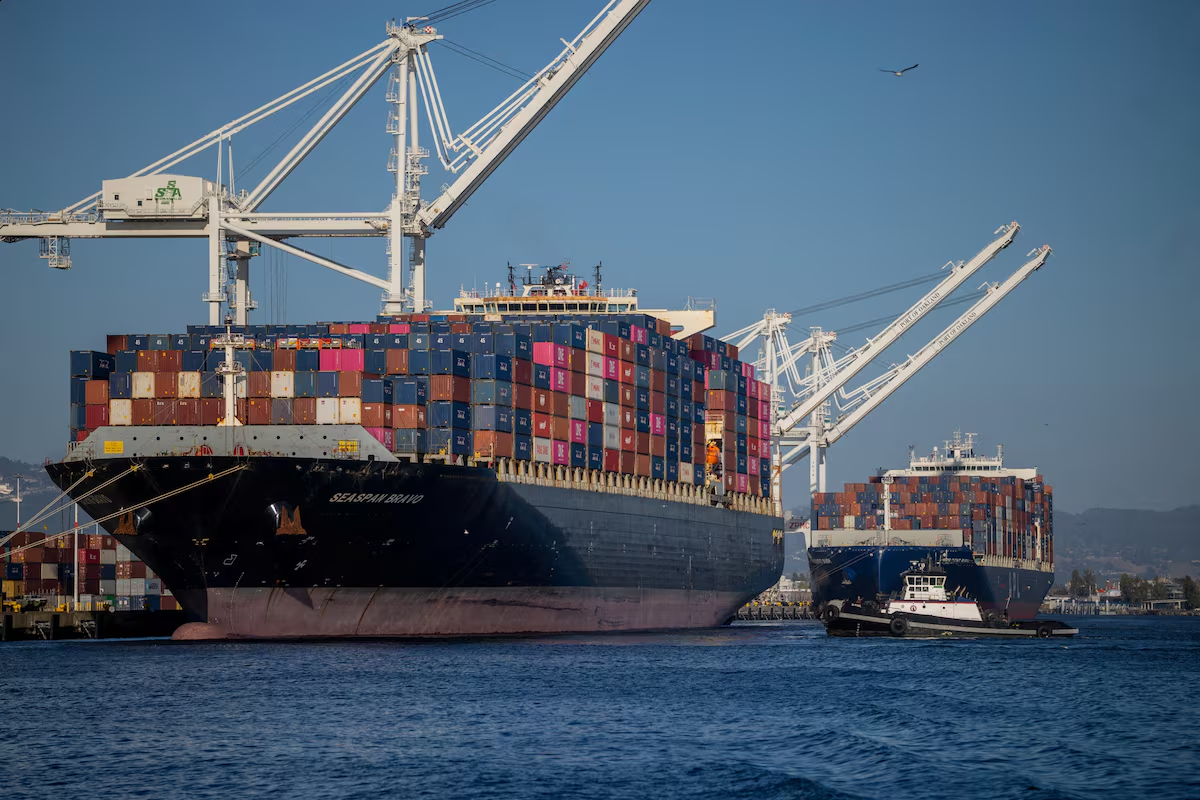In September 2025, U.S. imports of containerised goods plunged 8.4% year-on-year, with a particularly sharp 22.9% drop in goods arriving from China.
The fallout is widely seen as a direct consequence of President Donald Trump’s aggressive tariff agenda.
Ports across America still handled 2.31 million TEUs (twenty-foot equivalent units)—the third-highest September volume ever recorded—but that number is now part of a downward trend.
Why the Drop?
- Frontloading before tariffs
Retailers rushed to import holiday stock early, in anticipation of impending tariff hikes. That means the usual peak import period has already passed. - New tariff burdens
The U.S. is introducing fresh 25% tariffs on items like upholstered furniture, cabinets, and vanities—measures that may shift sourcing and suppress future volumes. - Trade realignment
China’s share of U.S. container imports slipped from 34.5% in August to 33% in September. Meanwhile, manufacturers and importers appear to be pivoting toward countries like India, Vietnam, Thailand, and Indonesia.
What’s Next for U.S. Ports & Trade
- Analysts at the National Retail Federation and Hackett Associates now expect monthly import volumes at major container ports to fall below 2 million TEUs for the rest of the year.
- The slump raises red flags for U.S. supply chains—less inventory buffer, more pressure on logistics, and harsher cost negotiations.
- If tariffs stay in place or escalate, global trade flows could shift permanently, with knock-on effects for both exporters and importers.
“This year’s peak season has come and gone largely because retailers frontloaded imports ahead of reciprocal tariffs taking effect.”
— Jonathan Gold, Vice President for Supply Chain & Customs Policy, NRF









